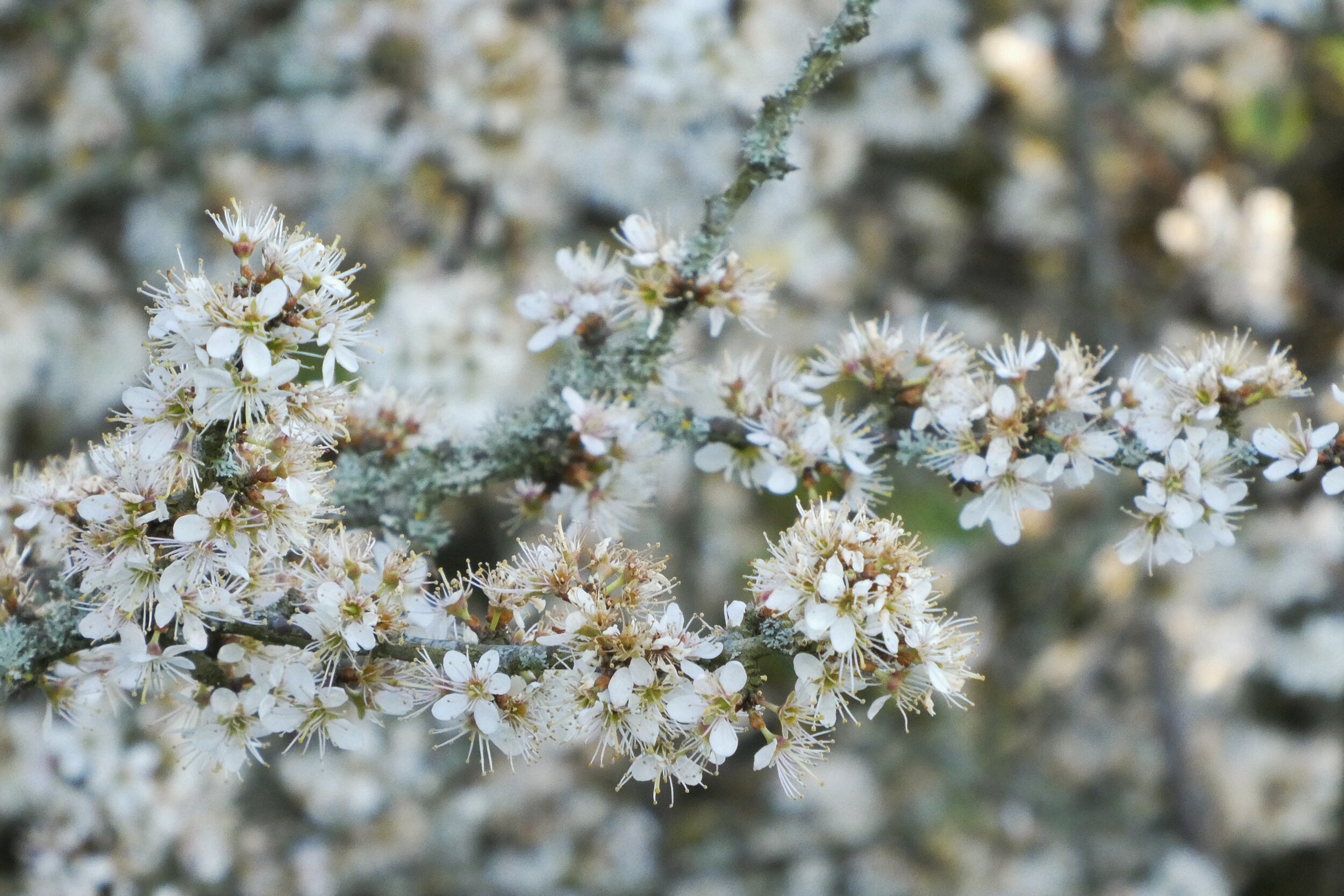May Birth Flowers: Lily of the Valley and Hawthorn
Lily of the Valley
Meaning: This flower represents a deep sweetness and humility, chastity and purity. Giving a loved one a few stems of Lily of the valley tells them that your life is complete with them in it. The bloom also signifies the beautiful nature of motherhood.
Name Origin: The scientific name of the flower is Convallaria Majalis, which means ‘of or pertaining to the month of May.’
History: Interestingly, legend says that the Lily of the Valley flower itself fell in love with a nightingale’s song, and when the bird migrated for the year, the flower was so devastated that she shed her blossoms in sorrow, and from that day on only bloomed when the nightingale returned to the forest each May. In old Christian legend, the flower sprang from the ground where Eve’s tears of sorrow fell when she was sent out of the Garden of Eden. The lore of the flower also says that if you were to see a Lily of the Valley blooming in the wild, it foretold the second coming of Christ. Lily of the Valley was also dubbed ‘Jacob’s ladder’ because the bell flowers hang in ‘steps’ on their stems. In the 6th century, in a forest in West Sussex, it was said that Saint Leonard bravely battled a dragon, and that everywhere his blood spattered onto the ground, Lilies of the Valley sprouted. That same forest is now brimming with the flower and has been dubbed ‘St. Leonard’s Forest.’ In France, the Lily of the Valley was the flower most commonly used in their May Day celebrations. In 1561, King Charles the IX was given the flower for good luck, and he was so enamored of the bloom that he created a tradition around it; every May 1st, he gave a stem of the fragrant flower to each of the ladies in his court.
Fun Facts:
• The Lily of the Valley is mentioned 15 times in the Bible. In the Hebrew language, it is a beautifully lyrical name: ‘shoshannat-ha-amaqim.’ (However, sources are not convinced it is the same flower, as the flower we know as Lily of the Valley seems to have originated in Europe.)
• This flower is a popular favorite with brides. Queen Victoria, Kate Middleton and Grace Kelly all had them in their bridal bouquets!
• Despite their stunning beauty and delightful fragrance, all parts of this flower are poisonous when ingested.
• Lily of the Valley actually doesn’t belong to the Lily family, but to the asparagus family!
• This flower loves to spread over large areas in shady woodlands.
• Lily of the Valley was often used to create a salve for sore hands and can be found as a botanical in hand lotions today.
• It is the national flower of Yugoslavia and Finland.
• Some lore said that tiny fairies turn the bell flowers upside down and use them as little water cups.
• Lily of the Valley is on Norway’s coat of arms.
Hawthorn
Meaning: The hawthorn (also known as hawthorne) represents both protection and a supreme happiness. If you gifted someone hawthorn branch, it meant that you hoped the recipient would receive the best of what life has to offer.
Name Origin: The hawthorn bush is often used as a hedge-row plant, and in fact the name ‘Hawthorn’ comes from the Old English word “Haga,” which literally means ‘hedge.’
History: Once upon a time, people set out from their homes every May to gather flowering hawthorn branches to put above their doors for good luck. They called the practice, “going a-Maying.” The most famous hawthorns are located in Glastonbury, Britain, and are in fact a special variety that only grows in that area. They were said to originate from the staff of Joseph of Arimathea when he plunged it into the ground upon his visit to the town. This miracle occurred because he was said to be carrying with him the Holy Grail. (Other versions said he was carrying a vial of the blood and sweat of Jesus). Because of this legend, the shrub has been cultivated in that area for centuries, and every Christmas, local children send a sprig to the queen to put on her dining table. The legends of the hawthorn are many, and I cannot recount all of them here, but another interesting part of their lore belongs to the ancient Celts, who believed Hawthorn bushes to be inhabited by ‘Faeries’ and devoutly guarded by the little creatures; if you damaged the bush, the wrath of their magic would be upon you. Celtic mystic Thomas Rhymer, (circa 1100’s) was said to have been lured to the bush by a cuckoo bird, and once there, the faeries took him to their underworld, and upon re-emerging into his own world, he found that 7 long years had passed.
Fun Facts:
• The little flowers on the hawthorn bush are delicate and sweet, but most often the berries on the hawthorn bush are used as fillers for bouquets to add color and texture.
• There’s an old rhyme about the Hawthorn bush that goes like this: “The fair maid, who, at the first of May/ Goes to the fields at break of day,/and washes in dew from a hawthorn tree,/will ever after handsome be.”
• The portion of the fruit known as the ‘haw’ is edible, but the seed is poisonous.
• The site of Westminster Abbey was once covered in Hawthorne bushes and was called “Thorney Island.”
• May Day celebrations often used Hawthorne wood as their May Day pole.
• Fallen branches of the hawthorn tree were said to be picked by witches and shaped into powerful wands.
• Some say that the Pilgrim ship the Mayflower was actually named after the Hawthorne bush.
• The Hawthorn bush belongs to the Rose family.







